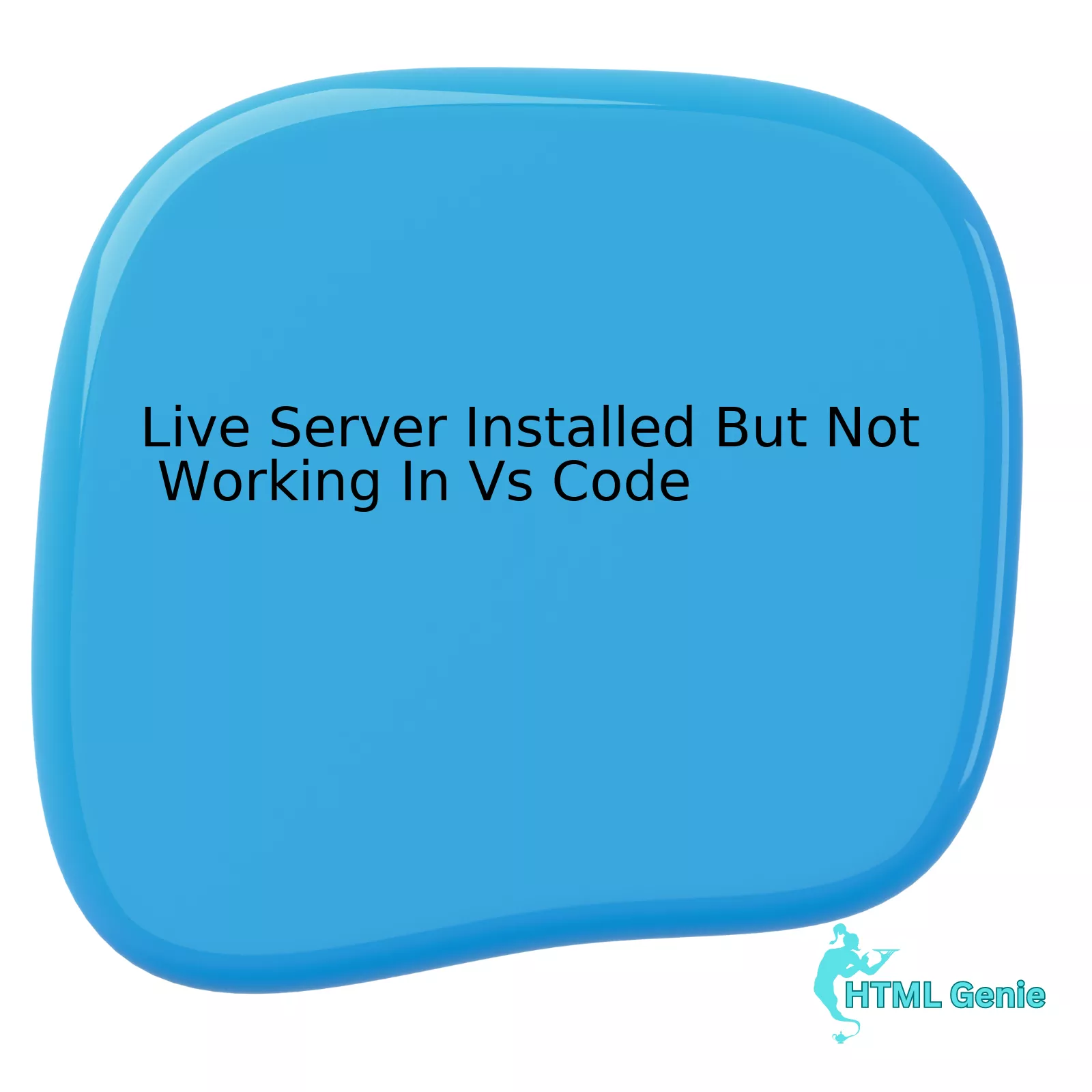Introduction: The Evolution of Responsive Web Design
In the dynamic landscape of Frontend Development, few tools have had as profound an impact as Bootstrap. Originally created by developers at Twitter to solve internal consistency issues, it has evolved into the world’s most popular CSS Framework. For over a decade, Bootstrap has defined how developers approach Web Design, democratizing the ability to create complex, Mobile-First Design interfaces without reinventing the wheel. While the ecosystem has expanded to include utility-first frameworks like Tailwind CSS and methodology-heavy alternatives like Foundation or Material Design, Bootstrap remains a cornerstone of Web Development due to its robust component library and mature ecosystem.
The modern web demands speed, accessibility, and reliability. HTML5 Features and CSS3 Features have advanced significantly, yet the challenge of cross-browser compatibility and responsive scaling persists. Bootstrap bridges this gap by providing a standardized HTML Structure and pre-configured CSS Styling that adheres to W3C Standards. Whether you are building Landing Pages, complex administrative dashboards, or e-commerce platforms, understanding the architectural nuances of Bootstrap is essential. This article serves as a comprehensive HTML CSS Tutorial focused on leveraging Bootstrap to streamline your workflow, enhance UI Design, and maintain high standards of Web Accessibility.
Section 1: Architecture and Core Mechanics
The Grid System: Flexbox and Grid Integration
At the heart of Bootstrap lies its legendary grid system. In the past, Page Layout was a struggle involving float-clearing hacks. Modern Bootstrap (versions 4 and 5) leverages CSS Flexbox to create a fluid, flexible grid system that adapts to any viewport. The system is built on a 12-column layout, housed within containers. Understanding the relationship between `.container`, `.row`, and `.col` is fundamental to mastering Web Layout.
With the introduction of Bootstrap 5, the framework has also begun embracing CSS Grid, offering even more complex layout possibilities. The responsive breakpoints (sm, md, lg, xl, xxl) utilize CSS Media Queries to fundamentally alter the layout based on screen size. This allows a developer to specify that a HTML Element should span 12 columns on mobile (stacking vertically) but only 4 columns on desktop (sitting side-by-side). This is the essence of Responsive Design.
Semantic HTML and Component Structure
Bootstrap encourages the use of Semantic HTML. While it relies heavily on class names, it is designed to wrap standard HTML Tags. For instance, a navigation bar isn’t just a collection of divs; it utilizes the `
The framework provides a vast library of pre-styled components. These include:
- HTML Forms: Bootstrap revolutionizes form styling. By applying the `.form-control` class, standard inputs are transformed into touch-friendly, accessible fields with proper spacing and focus states.
- HTML Tables: The `.table` class converts legacy table structures into modern, responsive data displays that can handle striped rows and hover effects via CSS Selectors.
- Cards: Replacing the old “panel” and “well” components, Cards provide a flexible and extensible content container with multiple variants and options.
Modern CSS: Variables and Utilities
One of the most significant shifts in recent versions is the adoption of CSS Variables (Custom Properties). Previously, customization required a heavy reliance on CSS Preprocessors like SASS or LESS. While SASS is still the gold standard for deep customization, CSS Variables allow for real-time theming directly in the browser. You can now override a root variable like `–bs-primary` to instantly change the color scheme of your entire application without recompiling your CSS.
Section 2: Deep Dive into Customization and Best Practices

Moving Beyond the “Bootstrap Look”
A common criticism of the framework is that websites built with it look “cookie-cutter.” This usually happens when developers rely solely on the compiled CDN version. To achieve a unique UI Design and UX Design, you must leverage the source code. By importing Bootstrap’s SASS files, you can modify the `_variables.scss` file to change global settings such as font families, border radiuses, and spacing utilities.
For example, changing the `$enable-rounded` variable to `false` instantly removes border-radius from all buttons, cards, and inputs, giving the site a sharper, brutalist aesthetic. This level of control allows developers to use Bootstrap as a skeleton rather than a skin, ensuring the final product aligns with specific brand guidelines while retaining the framework’s stability.
JavaScript and Interactivity
Bootstrap 5 marked a historic shift by dropping jQuery in favor of vanilla JavaScript. This reduces the total file size and improves performance. The interactive components—such as Modals, Tooltips, Popovers, and Carousels—now rely on a lightweight, modular JavaScript architecture.
However, developers must be mindful of HTML Attributes. Many JavaScript behaviors are triggered via data attributes (e.g., `data-bs-toggle=”modal”`). While convenient, relying too heavily on these attributes can clutter your HTML Templates. For complex applications, specifically those using CSS-in-JS frameworks like React or Vue, it is often better to initialize these components programmatically to maintain cleaner state management.
Utility API and CSS Tricks
Inspired by the rise of Tailwind CSS, Bootstrap has expanded its Utility API. This feature allows you to generate utility classes based on your SASS maps. If you need specific margin or padding values that aren’t in the default build, you can add them to the utility map, and the framework will generate the `m-` and `p-` classes for you. This hybrid approach offers the best of both worlds: the rapid prototyping speed of utility classes and the structural stability of semantic components.
Furthermore, utilizing CSS Transitions and CSS Animations within the Bootstrap ecosystem can elevate the user experience. While Bootstrap includes basic fade and collapse transitions, integrating custom keyframe animations on top of Bootstrap components is a common CSS Tip for making a site feel premium.
Section 3: Implications for Modern Web Development
Accessibility (a11y) and Standards
Web Accessibility is no longer optional; it is a legal and ethical requirement. Bootstrap provides a strong foundation for accessible design. Its components come pre-wired with appropriate ARIA Labels and roles. For example, a Bootstrap modal automatically manages focus trapping (keeping the keyboard focus inside the modal while open) and handles `aria-hidden` attributes for background content.
However, the framework cannot fix bad content. Developers must still ensure they are using correct HTML Elements (buttons for actions, links for navigation) and maintaining color contrast ratios. When customizing colors via SASS, it is vital to check that the new color palette meets WCAG 2.1 standards. Ignoring this defeats the purpose of using a standardized framework.

Performance and Optimization
In an era where Core Web Vitals impact SEO rankings, file size matters. A full Bootstrap build can be heavy if you are only using the grid and buttons. Modern HTML development practices suggest “tree-shaking” your CSS. By using tools like PurgeCSS or PostCSS in your build pipeline, you can automatically remove unused Bootstrap classes from your final stylesheet. This can reduce the CSS file size by up to 80%, ensuring your Landing Pages load instantly on mobile networks.
Bootstrap vs. The Competition
The debate between Bootstrap and Tailwind CSS is fierce. Tailwind offers a utility-first approach that provides granular control, resulting in smaller file sizes and highly custom designs. However, it requires a steeper learning curve and results in verbose HTML class strings. Bootstrap, conversely, offers speed and consistency. For teams requiring rapid iteration, or for backend developers who need to spin up a decent-looking UI without deep CSS Styling knowledge, Bootstrap remains superior.
Compared to Foundation (which is highly flexible but has a smaller community) or Material Design (which enforces a very specific Google-centric look), Bootstrap strikes a balance. It is opinionated enough to be useful out of the box, but flexible enough to be completely rebranded.
Section 4: Strategic Implementation and Recommendations
When to Use Bootstrap
Bootstrap is the ideal choice for:

- Admin Dashboards: The grid and table components save hundreds of hours of development time.
- MVPs (Minimum Viable Products): When speed to market is critical, Bootstrap allows you to focus on functionality rather than pixel-pushing.
- Large Teams: It provides a shared vocabulary. If a new developer joins the team, they likely already know Bootstrap class names, reducing onboarding time.
- Corporate Templates: For business-focused themes where consistency and professionalism are paramount.
Common Pitfalls to Avoid
Despite its power, developers often misuse the framework. Common mistakes include:
- Over-nesting: Creating unnecessary depth in the DOM by nesting containers inside containers, which breaks the grid logic.
- Fighting the Framework: Writing `!important` CSS rules to override Bootstrap styles instead of using SASS variables or higher specificity CSS Selectors.
- Ignoring Mobile-First: Writing custom media queries that conflict with Bootstrap’s breakpoints, leading to layout thrashing on intermediate screen sizes.
Integration with Modern Stacks
Bootstrap is no longer just for static HTML sites. It integrates seamlessly with React (via React-Bootstrap), Vue (BootstrapVue), and Angular. These libraries replace the vanilla JavaScript of Bootstrap with framework-specific components, utilizing Styled Components or CSS-in-JS methodologies while retaining the visual language and grid system of Bootstrap.
Conclusion
Bootstrap remains a titan in the industry for a reason. It has successfully adapted to the changing tides of the web, embracing Flexbox Layout, CSS Grid, and CSS Variables while dropping legacy dependencies like jQuery. For developers, mastering Bootstrap is not just about learning class names; it is about understanding the principles of Responsive Design, Grid Layout, and modular architecture.
While trends like Tailwind CSS offer compelling alternatives for specific use cases, Bootstrap’s comprehensive suite of accessible components and its massive community support make it an indispensable tool in the Frontend Web arsenal. By combining Bootstrap’s speed with modern optimization techniques like SASS customization and tree-shaking, developers can deliver high-performance, accessible, and visually stunning web experiences that stand the test of time.



